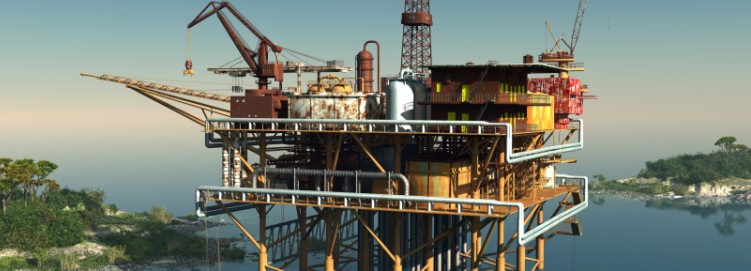Introduction of Slip-on Flange Forging Methods
This technical article introduces us about some main forging methods of slip-on flanges according to the movement of the forging die.
How to Correctly Select Flange
This technical article introduces us in details about that some main ways and methods that we can choose and select flanges correctly.
Thin-walled SS Tube Is Increasingly Widely Used
With the implementation of reform and opening policy and the development of economy, thin-walled stainless steel tubes are more and more popular.
Venezuela's Manufacturer Will Set Up Factories in Cuba
The company is evaluating the factory of the pipeline construction project, thus it is going to set up factories in Cuba.
NDRC: Increase Gas Imports and Oil Reserves in Winter
The National Development and Reform Commission decided to increase gas imports and oil reserves in this winter in the meeting held on November 13.
Production Technology of Threaded Flange
According to different ways of connection and welding, flange can be classified as: plate flat welding flange, flat welding neck flange, butt welding neck flange, socket welding flange, threaded flange, blind flange, flat welding ring loose flange, ring groove surface of flange and flange cover, large flat flange, large diameter flange, blind flange, butt welding neck ring loose flange, flat welding ring loose flange with neck, threaded flange plate.
Threaded flange is only applicable to inch pipe series. According to stipulations of GB7306 thread flange whose type is pipe thread 55, the outer diameter of pipe of DN150 flange should be 165.1 mm. The outer diameter of pipe of DN 65 flange should be 73 mm, when using taper screw thread 60. The outer diameter of pipe of DN125 flange should be 141.3 mm. DN125 flange with the steel pipe diameter should be 141.3 mm. People should pay special attention to threaded flange nominal pressure range and nominal diameter range reference ISO7005-1 set during the process of using. It is PN0.6 ~ 4.0 MPA, DN10 ~ 150 mm.
The production process of threaded flange consists of forging and casting.
Cast flanges has the advantage of accurate shape and dimension of workblank, small processing capacity, low cost, but there remains casting defects (porosity, crack, inclusion)and poor casting internal organization streamline (if it is cutting parts, less streamlined).
Forged flange can withstand higher shear and tensile force than cast flange.The advantage of cast flange is it can be created more complex shapes and the cost is low.The advantage of forged flange lies in the balanced internal organization without harmful defects such as porosity, inclusions.
According to the production process, difference between forged flange and cast flange lies in centrifugal flange which is one of the casting flange.Centrifugal flange is produced by precise casting method. This kind of casting is finer than ordinary sand mold. The quality is improved a lot, so it is not easy to loose shape, porosity and other problems.
First of all, we need to know how centrifugal flange produce, the production methods and products of flat welding flange by centrifugal casting. The process method and products process through the following process steps:
(1) Put the selected raw materials into the intermediate frequency electric furnace steel smelting; the molten steel temperature should be at 1600-1600 ℃.
(2) Preheat the metal mold to 800-900 ℃ and keep the constant temperature.
(3) Start centrifuge, pour the molten steel of step (1) into steps in the preheating metal mold of step (2).
(4) Natural cool the cast flange to 800-900 ℃ within 1-10 minutes.
(5) Cool the water to near room temperature, and strip it out.

